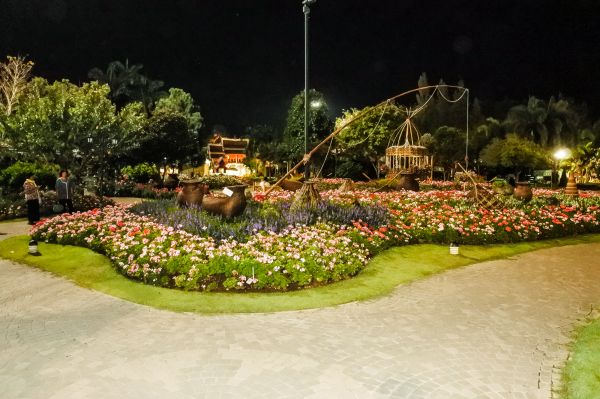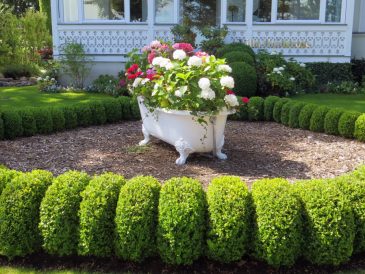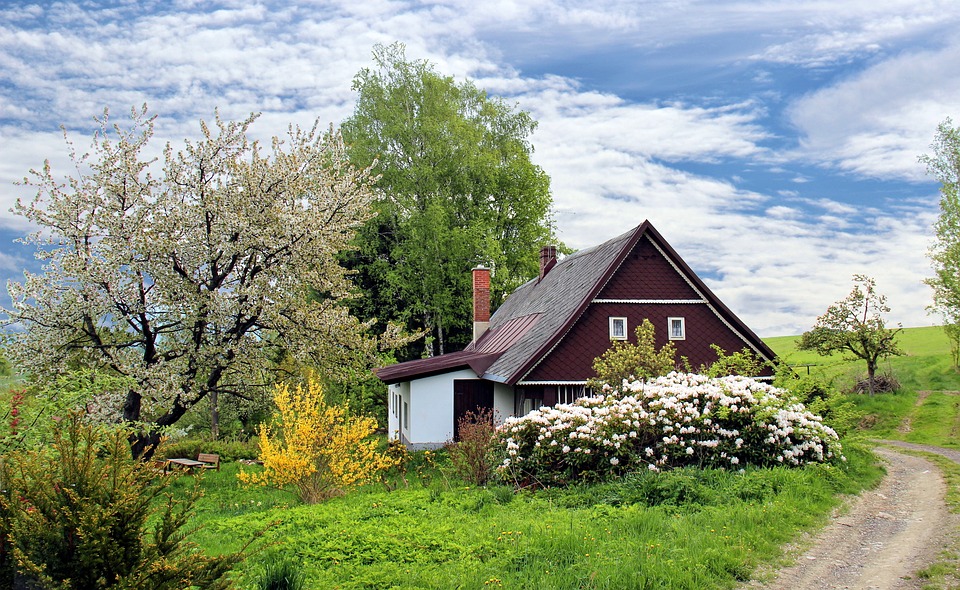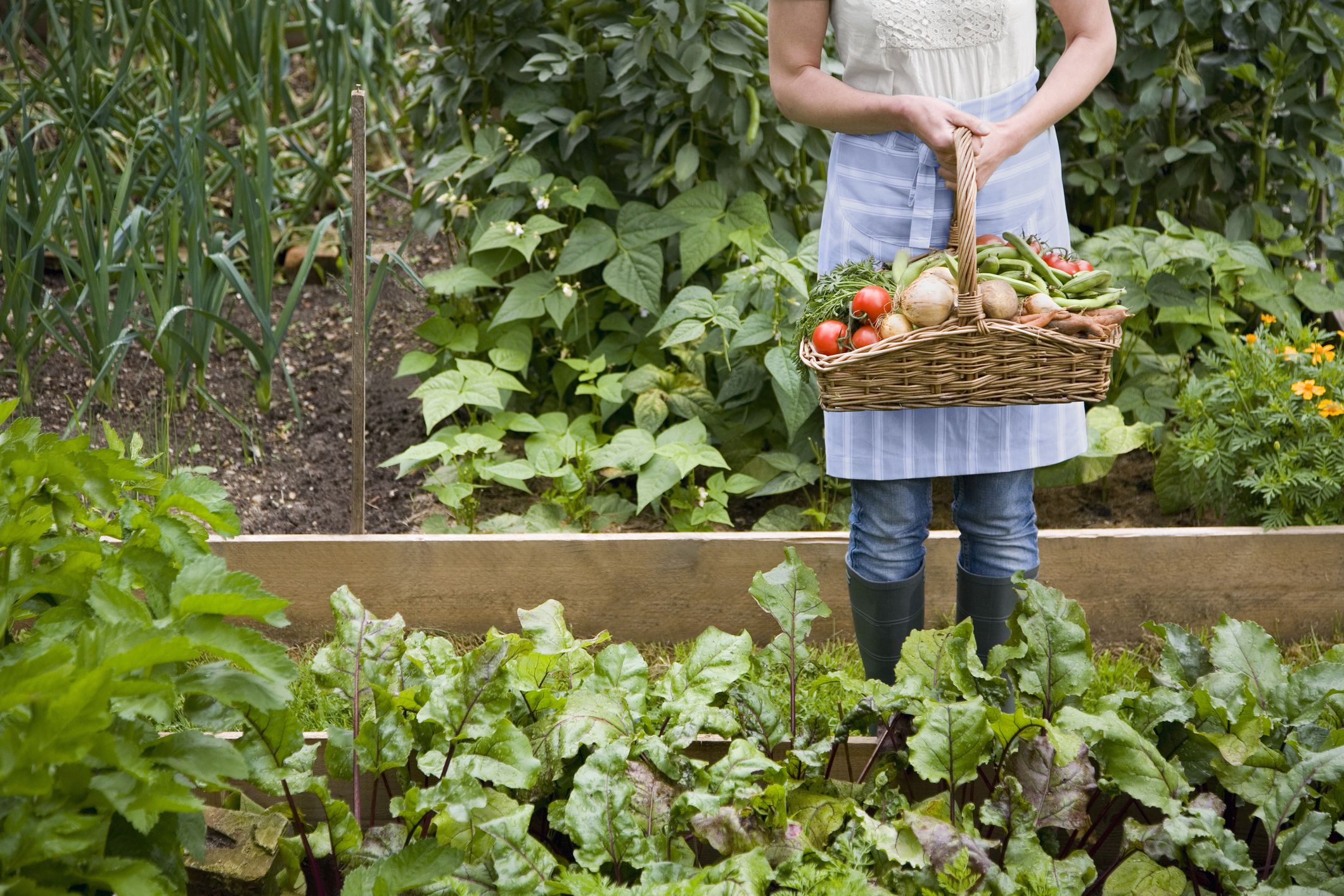Creating an inviting outdoor space is more than just planting a few flowers and hoping for the best. It’s about thoughtful planning, understanding the environment, and regular maintenance. Whether you’re dreaming of a lush garden, a practical and pretty vegetable patch, or a landscaped paradise, here are essential tips to help you achieve your goals. And remember, if these tips seem overwhelming, you can always call a professional for help.
Know Your Land
Before you start, spend some time getting to know your garden’s soil type, pH level, and the direction it faces. This initial step is crucial for choosing the right plants and the best spots for them. A simple soil test can provide valuable information about what nutrients your garden might need or what plants will thrive there.
Plan Your Landscape Thoughtfully
Good landscaping is not just about aesthetics; it’s about creating a space that’s both beautiful and functional. Consider how you want to use your outdoor area. Do you need a play area for kids, a cozy spot for relaxation, or a vibrant garden that attracts wildlife? Sketch your ideas and think about elements like paving, edging, and irrigation as part of your overall plan.
Choose the Right Plants
Select plants that are suitable for your climate, soil, and the amount of sunlight your garden receives. Native plants are often a good choice as they’re adapted to the local environment and generally require less maintenance. Think about the height and spread of plants at maturity, and place them accordingly to avoid overcrowding.
Master the Art of Mulching
Mulch is a gardener’s best friend. It helps retain soil moisture, suppress weeds, and improve soil quality. Organic mulches like bark chips, straw, or compost break down over time, adding nutrients back into the soil. Apply a layer of mulch around your plants, but avoid piling it against the stems to prevent rot.
Install an Efficient Irrigation System
A well-planned irrigation system can save you time and help conserve water. Drip irrigation systems deliver water directly to the plant’s roots, where it’s needed most, reducing evaporation and water runoff. Consider adding a timer to automate the watering process, ensuring your plants get the right amount of water even when you’re away.
Keep Your Turf in Top Shape
A healthy lawn can enhance the beauty of your landscape but requires regular care. Mow your lawn at the correct height for your grass type to encourage strong root development. Water deeply but less frequently to encourage drought tolerance and aerate your lawn annually to improve water and nutrient absorption.
Pave the Way to Beauty
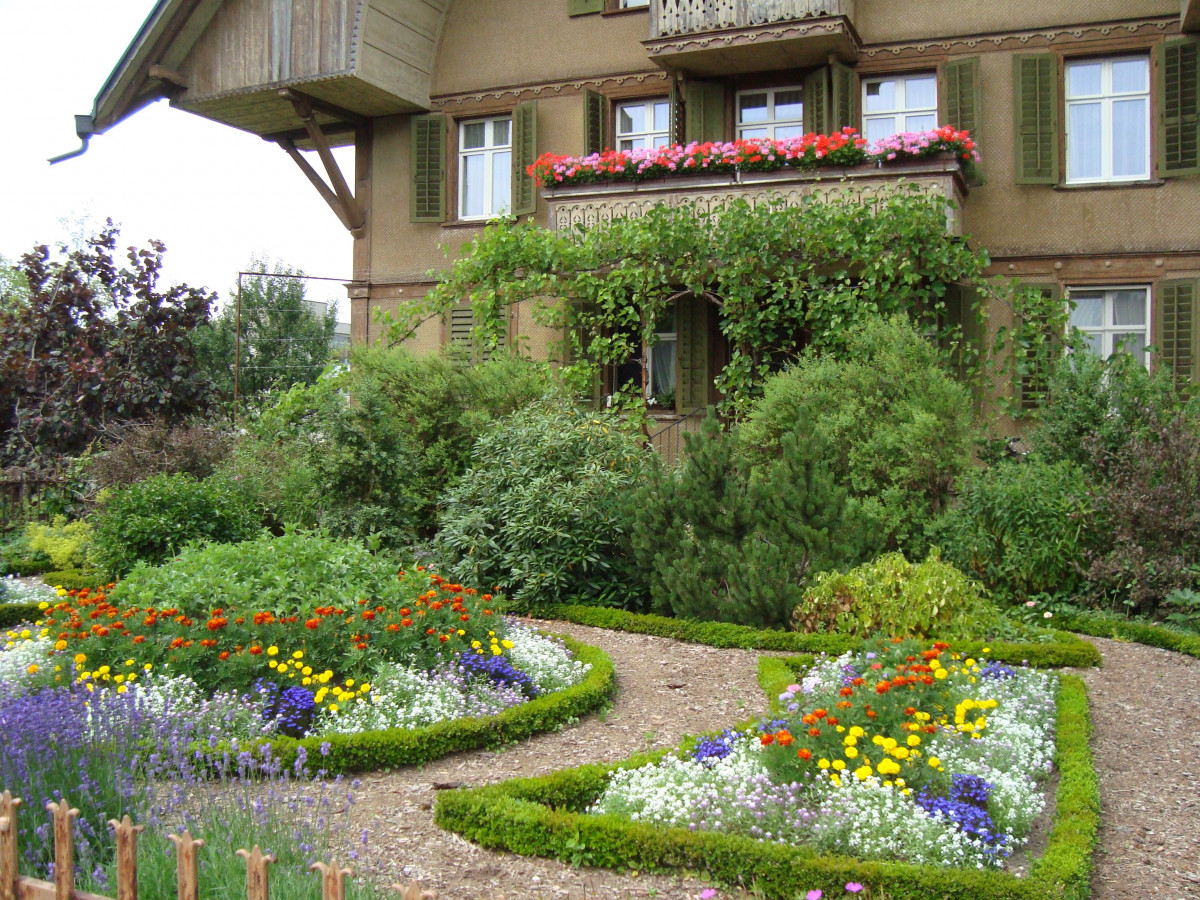
Paving and edging not only define spaces within your garden but also add visual interest. Choose materials that complement your home’s exterior and the garden’s style. Properly installed edging can keep your garden beds neat and prevent grass from invading your flower beds.
Regular Maintenance is Key
Even the most beautifully designed garden needs regular upkeep. Make a maintenance schedule for pruning, weeding, fertilising, and other garden tasks. Pay attention to the health of your plants, looking out for signs of pests or diseases. Early detection and treatment can save your garden from potential disaster.
Upgrade with Hardscaping Elements
Adding hardscaping features like stones, rocks, or water elements can transform your garden into a dynamic landscape. These elements provide structure, contrast, and year-round interest, even during the off-season when most plants are dormant.
Don’t Be Afraid to Experiment
Gardening is an ongoing learning process. Don’t be afraid to try new plants or landscaping ideas. Sometimes, what works in one area of your garden might not work in another, and that’s okay. Experimentation can lead to delightful discoveries and unique garden features.
Conclusion
Transforming your outdoor space into a beautiful and functional area requires a mix of creativity, planning, and hard work. By following these tips, you can create a garden and landscape that reflects your personal style and meets your outdoor living needs. Remember, gardening is a journey, not a race. Take your time, enjoy the process, and watch as your garden grows and evolves. And if you ever find yourself in need of expert advice or assistance, don’t hesitate to call a professional landscaper or gardener. They can provide the guidance and help you need to bring your outdoor dreams to life.

